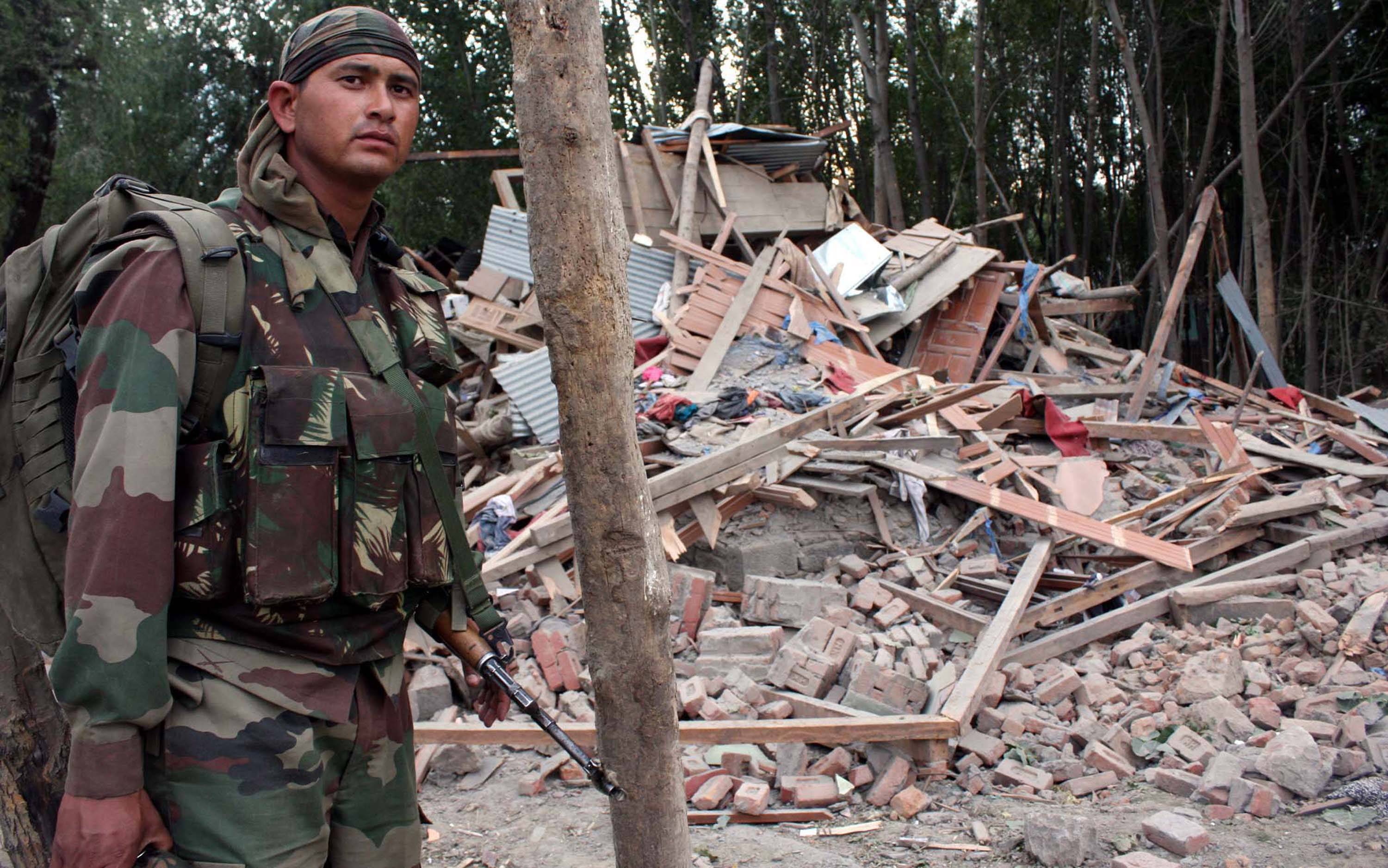by Timo Mustonen
This Monday saw the most bloody day in over a decade of the crisis over Kashmir area between India and Pakistan. The firefight across the border left nine dead, 25 wounded and thousands displaced fleeing the violence. Tuesday did not bring relief and the conflict continued as did the steady stream of refugees trying to find safer grounds. According to police reports both sides have been firing upon each other for hours over the days leaving several dead and more injured. It is also being reported that Kashmiri Proxy Groups, Jaish-e-Mohammed and Lashkar-e-Taiba, have also been part of the violence.
The violence occurred along parts of a 200-kilometer border between Pakistan’s Punjab province and the Indian-controlled portion of Kashmir. The frozen conflict in Kashmir has been going on and off for over two decades after the initial rise of violence in 1989. The dispute over the area, specially the Himalayan region of Kashmir, has been going longer than that with roots to 1947 independence of Pakistan. The stream of violence escalated against the Indian governance when in 1898 the Muslim parties disputer the honesty of elections and started paramilitary sections. Violence in Kashmir went on until the 2003 ceasefire, after which there have been constant minor skirmishes across the de-facto border, known as Line of Control.
S.D. Goswani of the Indian Army stated that Pakistan fired upon Indian army positions with light arms and mortars. On the Pakistani side, the response is that India started their weapons fire without provocation and each side has accused the other of targeting civilians. Some 18,000 Indian civilians have fled the lowlands around Jammu to take refuge in relief camps. There is currently no certain number to Pakistani civilians leaving the area. “This unrest is a logical consequence of worsening political relations between India and Pakistan,” said Michael Kugelman, Senior Program Associate for South and Southeast Asia at the Woodrow Wilson International Center for Scholars. He continues to worry over the appearance that Pakistan’s military is the deciding force behind India-policy. It is quite safe to assume that armies do not do well in reconciliation as their means of resolution are quite different from diplomacy.
An interesting development occurred recently in the form of the new appointment of Pakistan’s Director General of the infamous Inter-Services Intelligence (ISI). Lieutenant-General Rizwan Akhtar argued, in his 2008 dissertation, that peace between India and Pakistan was imperative for greater regional peace. It is more likely that the recent violence has been driven by Kashmiri Proxy groups in protest of the new Director General of the ISI. The ISI in the past has been supportive of using proxy groups in its efforts to destablise India’s Kashmir region. JeM and LeT may be taking the opportunity to force the ISI’s hand and renew their support.One could make an argument that we have not yet seen the worst of this conflict, as both governmental sides seem reluctant in negotiating for peace, and feel themselves as the unprovoked recipient of other side’s violence. We are witnessing something that might have been prevented should the peace talks initiated in May have come to a resolution. The talks were called off in August since Indian Prime Minister Narenda Modi called off a round of talks in August after Pakistan’s envoy in Delhi met with Kashmir separatists before the proposed dialogue, so this is all conjecture and guesswork. If parallels could be drawn to e.g. IRA and Sinn Fein, an example from history has pointed out that conflicts tend not to be resolved until all parties are discussed with, but with no uncertain terms and with absolute demand for ceasefire and end of violence.
Feature Photo / “Indian Army Elite 9 Para Commandos conducting CT ops in Kashmir – Wikimedia Commons, 2014
DefenceReport’s weekly recap is a multi-format blog that features opinions and insights from DefRep editorial staff and writers. The opinions expressed here are the author’s own and are separate from DefRep reports, which are based on independent and objective reporting.


